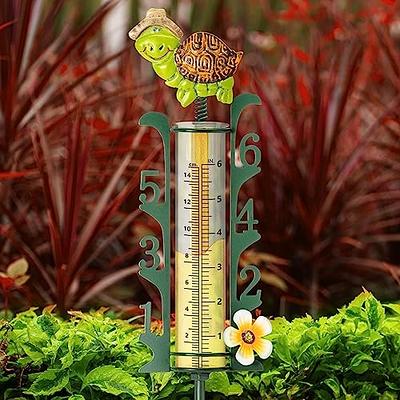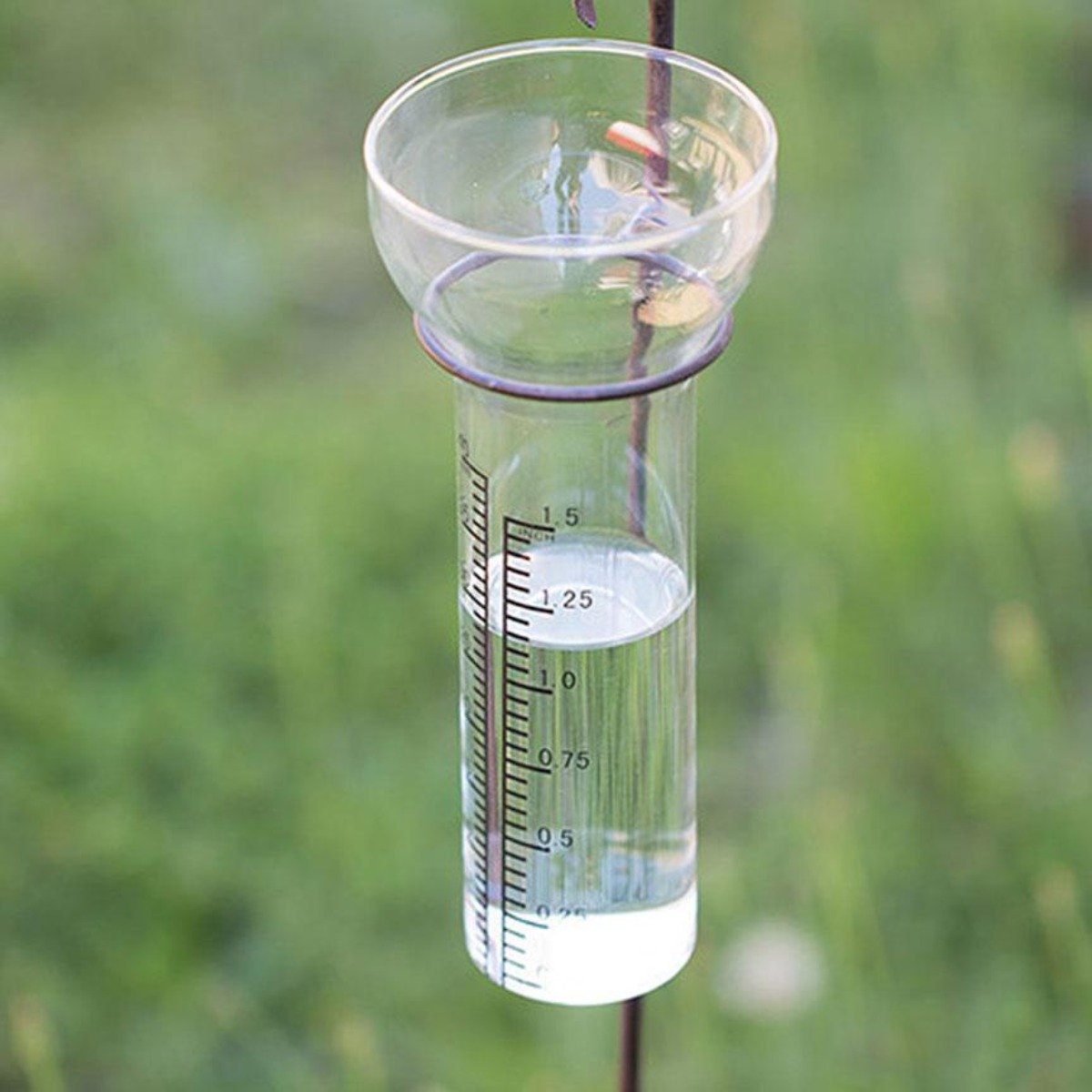The Rain Gauge: Crucial Details and Ideal Practices for Climate Lovers
Wiki Article
Understanding Rain Scale Measurements: A Complete Guide
Comprehending Rainfall Gauge Measurements: A Full Guide is a comprehensive source for anyone looking for a much deeper understanding of rain scale measurements. Whether you are an expert in the area or merely have an interest regarding rains dimension, this guide will certainly equip you with the understanding needed to successfully make use of rainfall gauge dimensions.The Importance of Rainfall Scale Measurements
The significance of rain scale measurements hinges on their duty as an important device for accurately monitoring and evaluating rainfall levels - The Rain Gauge. Rainfall scale dimensions supply beneficial information that helps hydrologists and meteorologists comprehend patterns and fads in rainfall, which consequently help in various fields such as agriculture, water resource management, and environment research
Precise rainfall measurements are vital for agriculture as they help in determining irrigation demands, plant growth, and yield forecasts. Farmers depend on this information to make enlightened decisions about when to sprinkle their crops, preventing water wastefulness and making certain optimum plant health and wellness. Furthermore, rains data helps in analyzing the effect of dry spells or too much rains on crop manufacturing, allowing farmers to take proper measures to lessen losses.
Water resource administration greatly relies upon rainfall gauge measurements to establish the quantity of water offered in rivers, reservoirs, and lakes. Accurate measurements allow water managers to make educated decisions about water appropriation and circulation, ensuring sustainable usage and avoiding lacks. This information is particularly essential in areas where water deficiency is a pressing problem.
In addition, rainfall scale dimensions play an important duty in climate study. By properly determining rains over prolonged periods, scientists can evaluate long-lasting climate patterns and recognize adjustments in precipitation patterns due to environment change. This data assists researchers and policymakers create approaches to adapt to and alleviate the results of environment modification.
Sorts Of Rainfall Scales
There are different sorts of rain assesses made use of to determine precipitation properly. Each kind has its own advantages and limitations, making them ideal for various purposes and environments.One of the most usual kind of rain gauge is the common cylindrical gauge. It includes a round container with a large funnel-shaped top to accumulate rain (The Rain Gauge). The water is after that funneled right into a graduated measuring tube, allowing for accurate measurement of the amount of rainfall
Another type is the considering rainfall scale. Considering rainfall gauges are especially valuable in locations with icy precipitation or hefty rains, as they are not affected by sprinkling or dissipation.
Tipping bucket rainfall gauges utilize a system that pointers a little pail each time it gathers a details amount of rainwater. The number of ideas is recorded and used to determine the rainfall. This kind of scale is generally used in automated weather stations due to its low maintenance requirements and ability to offer real-time information.
Ultimately, there are radar-based rainfall determines that usage radar innovation to estimate rainfall. These gauges measure the strength of rains in a certain location by evaluating the reflected radar signals. They are particularly useful for gauging rainfall over big areas or in remote locations.
Just How Rainfall Scale Measurements Job
Rain gauge measurements are based upon the concept of collecting and measuring the quantity of rainfall. These instruments are created to record rain and supply a precise measurement of the rainfall in a particular location.The most common type of rainfall scale is the common round gauge. It is composed of a cylindrical container with a wide opening at the leading to gather rainwater. The accumulated water is then channelled into a measuring tube, which is adjusted to offer the dimension in systems of size, normally millimeters or inches.
An additional type of rainfall gauge is the tipping pail gauge. When they reach a certain weight limit, it uses a seesaw-like device with two pails that tip. Each tip of the bucket stands for a specific quantity of rains, enabling specific measurements.
Some sophisticated rainfall our website evaluates are equipped investigate this site with electronic sensing units that instantly record and transfer information. These sensors utilize various innovations such as ultrasound or laser to gauge the amount of rains properly.
Aspects Influencing Rainfall Scale Precision
Aspects that can influence the precision of rainfall scale measurements include different ecological and functional variables. Environmental aspects such as wind, temperature level, and air pressure can considerably influence the precision of rainfall scale dimensions. Strong winds can create the rainfall scale to tilt or relocate, resulting in inaccurate analyses. Similarly, extreme temperature levels can cause dissipation or cold of the collected rain, bring about altered measurements. Adjustments in air pressure can likewise impact the precision of rain scale measurements, as they can alter the rate at which rainfall is collected.Operational variables, on the other hand, refer to factors associated with the style, installation, and upkeep of the rain scale. The placement of the rainfall gauge in a location with blocked airflow or near buildings or trees can cause incorrect readings because of clog or splattering of rains. Additionally, incorrect calibration or uneven upkeep of the rainfall gauge can likewise impact its precision.
To ensure the precision of rainfall gauge dimensions, it is vital to think about these factors and take suitable actions. This may involve selecting a proper area for the rainfall gauge, guaranteeing proper installment and upkeep, and consistently adjusting the instrument. By resolving these aspects, reputable and accurate rains measurements can be obtained, which are critical for different applications such as climate forecasting, hydrological research studies, and agriculture.
Tips for Precisely Gauging Rainfall
To ensure specific rains measurements, it is important to carry out details techniques and strategies when using a rain gauge. Below are some ideas for properly determining rains:Appropriate Positioning: Position the rainfall gauge in an open area, away from trees, buildings, and various other blockages that might hinder the rains collection. It should be positioned on a degree surface to stay clear of water pooling or drainage.

Review the Scale Properly: When taking dimensions, reviewed the water level at eye level from the base of the curve. Prevent parallax mistakes by straightening your view directly with the water degree.
Constant Time Interval: Establish a consistent time period for gauging rains, such as every 24 hr or after each rainfall event. This guarantees precise tracking and contrast of rainfall information.
Document Measurements Immediately: Tape-record rains dimensions immediately after collection to avoid dissipation or spillage. Utilize a rainfall scale with an integrated information logging attribute for automated recording.
Conclusion
In conclusion, recognizing rain scale measurements is vital for accurately gauging rainfall. It is crucial to consider variables that can impact the precision of rainfall scale measurements, such as evaporation, positioning, and wind.Recognizing Rain Gauge Dimensions: A Complete Guide is a detailed source for anybody looking for a much deeper understanding of rain gauge dimensions. Whether you are a specialist in the field or just have a curiosity regarding rains dimension, this guide will certainly equip you with the expertise needed to effectively use rain gauge dimensions.
The most usual type of rain scale is the standard cylindrical gauge.The most usual kind of rain gauge is the typical cylindrical scale.Another type of rain gauge is the tipping container scale.
Report this wiki page